Which of the following is responsible for carrying amino acids to ribosomes during protein synthesis?
tRNA
mRNA
rRNA
DNA
Correct Answer : A
Transfer RNA (tRNA) is responsible for carrying amino acids to ribosomes during protein synthesis. Each tRNA molecule has a specific anticodon that matches a codon on the messenger RNA (mRNA) molecule. The tRNA molecule binds to the mRNA codon and brings the corresponding amino acid to the ribosome, where it is added to the growing polypeptide chain.
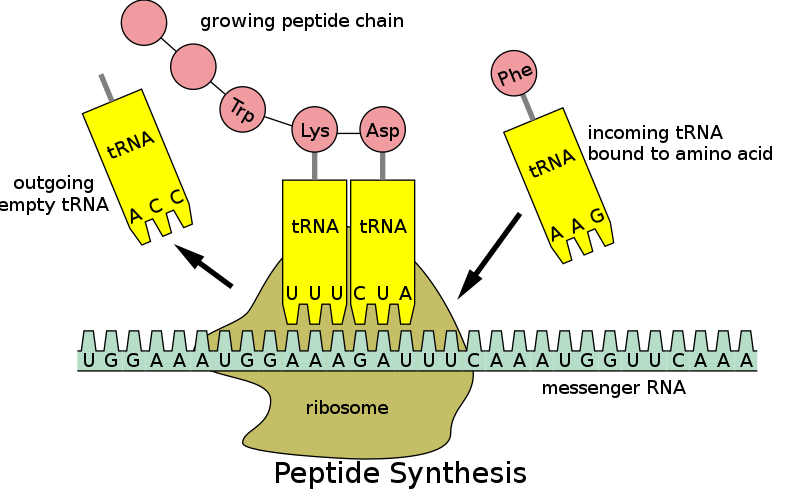 |
TEAS 7 Exam Quiz Bank
HESI A2 Exam Quiz Bank
Find More Questions 📚
Teas 7 Questions: We got the latest updated TEAS 7 questions
100% Money Refund: 100% money back guarantee if you take our full
assessment pass with 80% and fail the actual exam.
Live Tutoring: Fully customized live tutoring lessons.
Guaranteed A Grade: All students who use our services pass with 90%
guarantee.
Related Questions
Correct Answer is D
Explanation
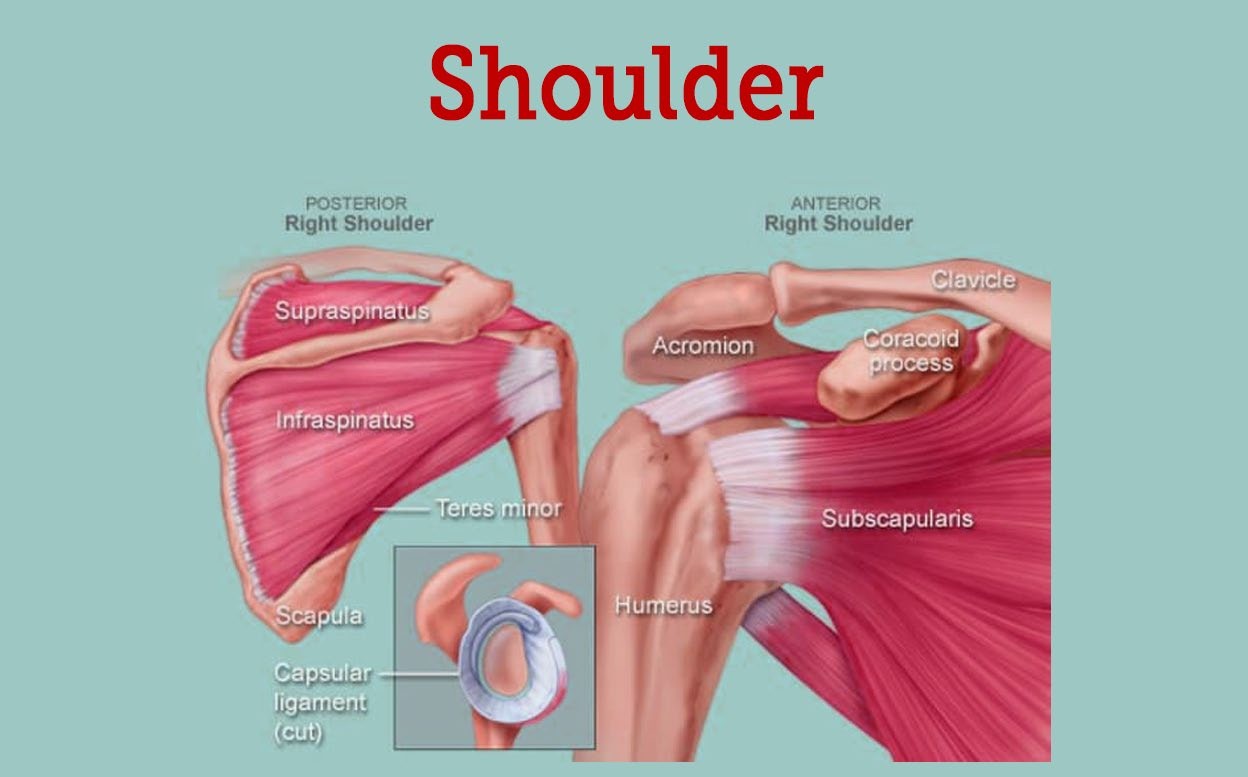 |
Correct Answer is C
Explanation
Osmosis is the process by which water molecules move across a selectively permeable membrane from an area of high concentration to an area of low concentration, in order to equalize the concentration of solutes on both sides of the membrane. Selectively permeable membranes allow only certain molecules to pass through, while preventing the passage of others.
In osmosis, the movement of water molecules is driven by the concentration gradient of solutes, which cannot pass through the membrane. If one side of the membrane has a higher concentration of solutes than the other, water molecules will move from the side with the lower concentration of solutes to the side with the higher concentration of solutes, in an atempt to dilute the solutes and equalize the concentration on both sides.
Osmosis is important in many biological processes, including the uptake of water by plant roots, the regulation of water balance in animal cells, and the preservation of food by adding salt or sugar to create a hypertonic environment that inhibits bacterial growth.
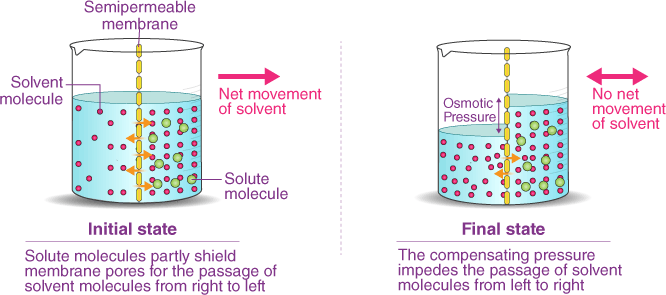 |
Correct Answer is C
Explanation
Spirometry is a common pulmonary function test that measures pulmonary ventilation, specifically assessing the volume and flow of air that can be inhaled and exhaled from the lungs. It provides important information about lung function and can help diagnose various respiratory conditions.
The other options do not relate to spirometry:
- A. Urinary capacity of the bladder: This is measured by urodynamics or bladder capacity tests, not spirometry.
- B. Volume of blood in the body: This can be estimated using different methods, such as dilution techniques or imaging, but not spirometry.
- D. Number of turns in the small intestine: This relates to the anatomy and function of the digestive system and is not measured by spirometry.
Thus, spirometry specifically evaluates how well the lungs are functioning in terms of air movement.
Correct Answer is C
Explanation
A frameshift mutation is a type of genetic mutation that involves the insertion or deletion of one or more nucleotides in a DNA sequence. This can cause a shift in the reading frame of the genetic code, resulting in a change in the amino acid sequence of the resulting protein. Frameshift mutations can have significant effects on the function of the protein and can lead to genetic disorders or diseases.
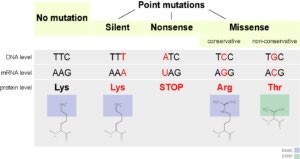 |
Correct Answer is A
Explanation
The scientific method is a systematic approach used to answer questions or test hypotheses about the natural world. The steps involved in the scientific method are:
- Observation: This is the first step in the scientific method. It involves observing a phenomenon or a problem and gathering information about it.
- Hypothesis: After making an observation, a scientist forms a hypothesis, which is a tentative explanation for the phenomenon or problem.
- Prediction: Based on the hypothesis, the scientist makes a prediction about what will happen in an experiment or what they will observe.
- Experimentation: The scientist designs and conducts an experiment to test the hypothesis and prediction.
- Analysis: The data collected from the experiment are analyzed to determine if they support or refute the hypothesis.
- Conclusion: Based on the analysis of the data, the scientist draws a conclusion about whether the hypothesis is supported or refuted.
Option b) is incorrect because it starts with hypothesis before observation. Option c) is incorrect because prediction comes before experimentation. Option d) is incorrect because hypothesis comes after observation and data collection.
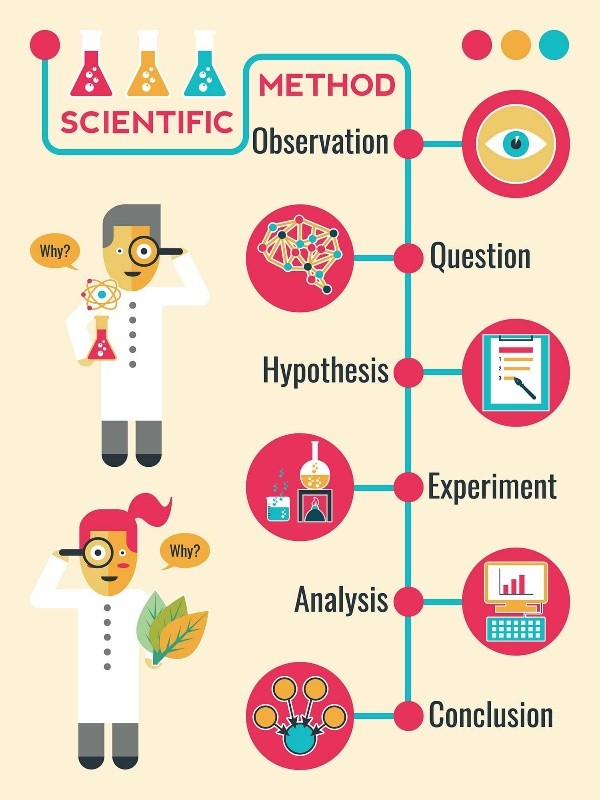 |
Correct Answer is A
Explanation
The data collected by the researcher on the number of cars passing through a busy intersection at different times of the day for a month would be most useful to analyze traffic paterns during rush hour.
Correct Answer is A
Explanation
The main difference between a solid and a liquid is their physical state and the way their particles are arranged. In a solid, the particles are tightly packed together and have a fixed position, which gives the solid a definite shape and volume. Solids are also characterized by their high density, low compressibility, and high thermal conductivity.
In contrast, the particles in a liquid are more loosely packed and can move around each other, which allows the liquid to take the shape of its container. Liquids have a definite volume but no fixed shape, which means they can be poured or spilled. Liquids also have a lower density than solids, are more compressible than solids, and have lower thermal conductivity than solids.
Option b) is incorrect because it describes the properties of a gas, not a liquid. Option c) is incorrect because solids and liquids have different physical properties. Option d) is incorrect because it describes the properties of a gas, not a liquid or a solid.
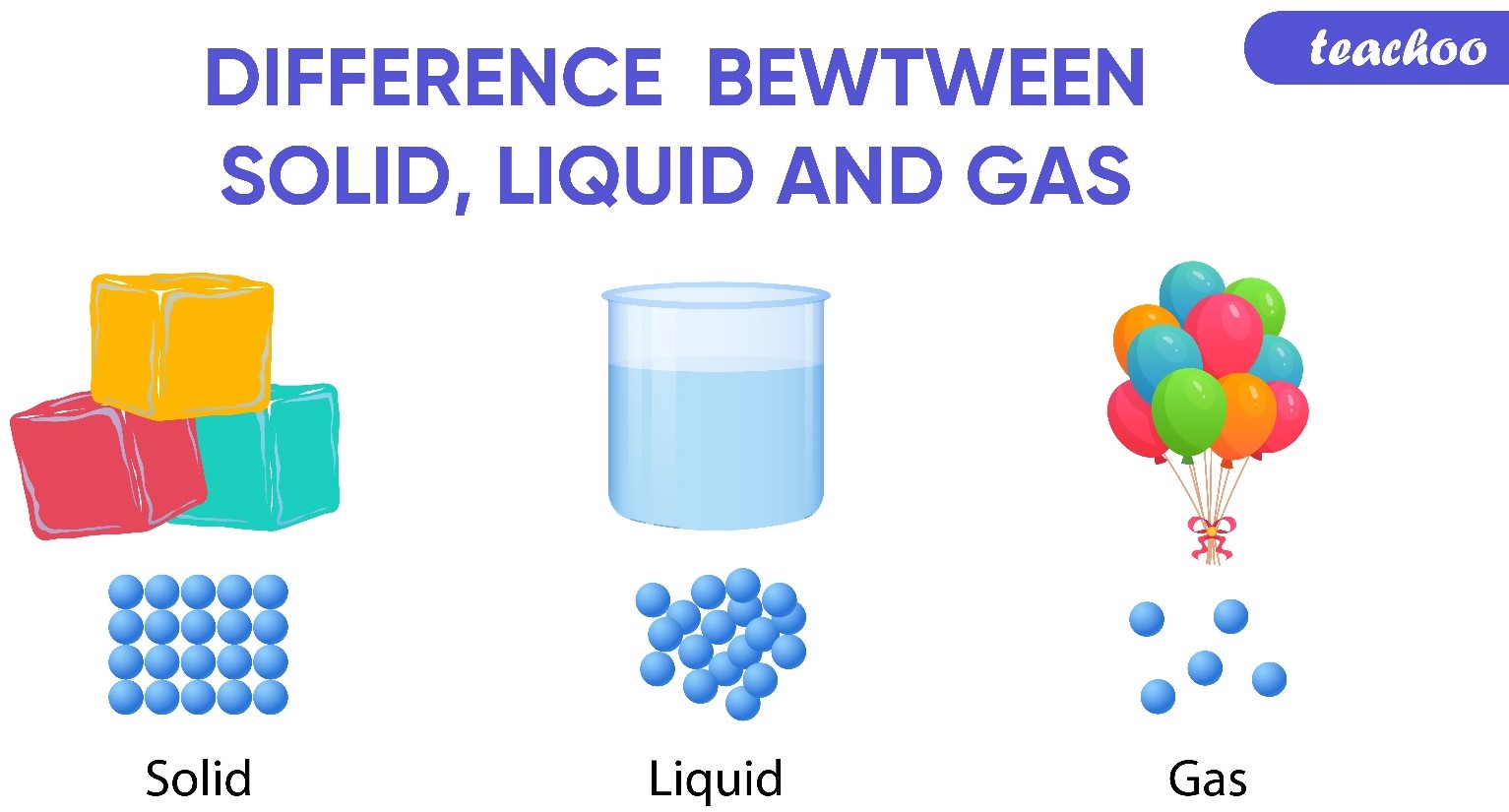 |
Correct Answer is C
Explanation
Stomach acid is highly acidic, primarily composed of hydrochloric acid (HCl), which means it has a low pH (around 1 to 3). Acids release hydrogen ions (H⁺) in solution, which lowers the pH.
- A. It has a higher pH: Incorrect, as acidic solutions have a lower pH compared to neutral distilled water (which has a pH of 7).
- B. It contains nitrogen: Incorrect, stomach acid is composed mostly of HCl, not nitrogen-containing compounds.
- D. It has more hydroxyl ions: Incorrect, acidic solutions have fewer hydroxyl ions (OH⁻); hydroxyl ions are more common in basic (alkaline) solutions.
In comparison to distilled water, which is neutral, the stomach acid solution has significantly more hydrogen ions, making it more acidic.
Correct Answer is D
Explanation
Exocrine glandular is not one of the four primary tissue types found in the human body. The four primary tissue types are epithelial, nervous, connective, and muscle.
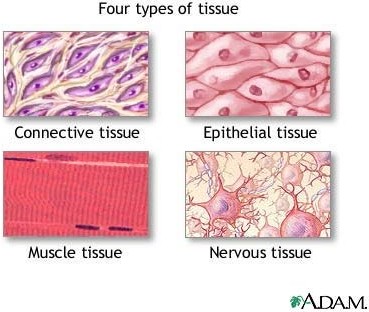 |
Correct Answer is C
Explanation
The three major pairs of salivary glands are the parotid glands, sublingual glands, and submandibular glands.
- Parotid glands are located just in front of your ears.
- Sublingual glands are located below either side of your tongue, under the floor of your mouth.
- Submandibular glands are located below your jaw.
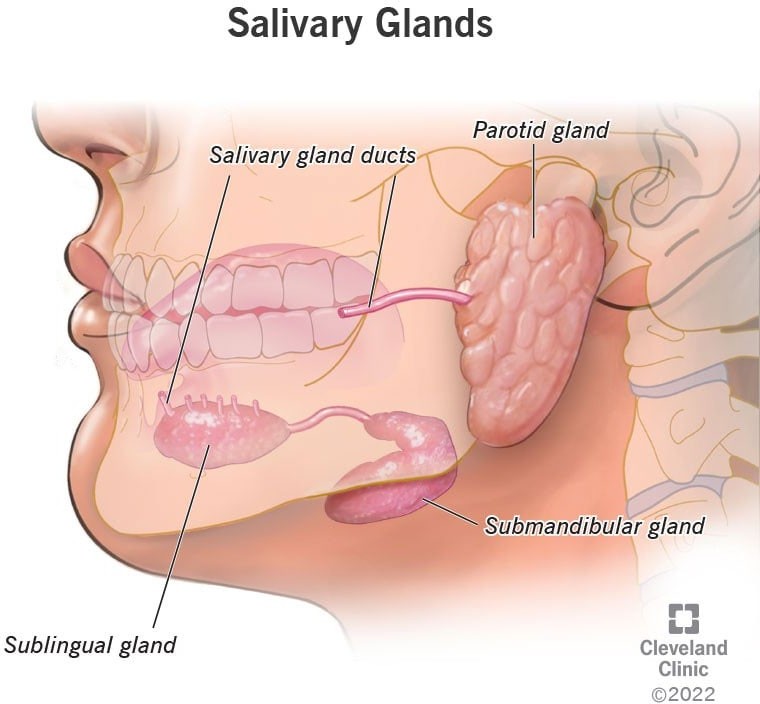 |
This question was extracted from the actual TEAS Exam. Ace your TEAS exam with the actual TEAS 7 questions, Start your journey with us today
Visit Naxlex, the Most Trusted TEAS TEST Platform With Guaranteed Pass of 90%.
Money back guarantee if you use our service and fail the actual exam. Option of personalised live tutor on your area of weakness.
